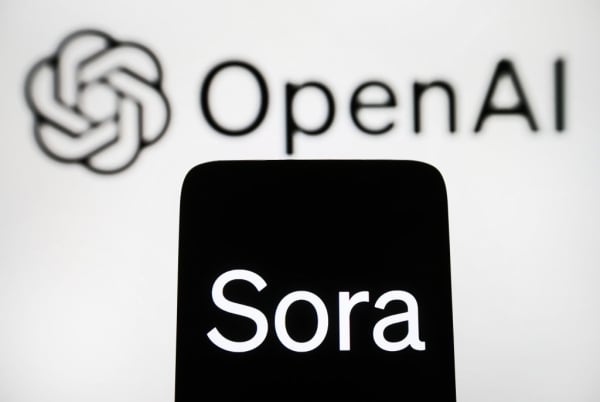Text-to-Video AI Could Change How We Think
Artificial Intelligence has come a long way in recent years, with advancements in language processing and computer vision allowing for incredible innovations in various fields. One of the most exciting developments in AI technology is the emergence of text-to-video AI, a tool that can automatically generate video content based on written text. This groundbreaking technology has the potential to revolutionize how we think about communication, storytelling, and creativity.
Text-to-video AI works by analyzing written text and converting it into a series of images and animations that correspond to the content of the text. This process involves natural language processing, image recognition, and machine learning algorithms that work together to create visually compelling videos. The end result is a video that conveys the information and emotions contained in the text in a dynamic and engaging way.
The implications of text-to-video AI are vast and far-reaching. For one, this technology has the potential to democratize video production, making it accessible to a wider audience. With text-to-video AI, anyone can create professional-looking videos without the need for expensive equipment or technical skills. This could be a game-changer for businesses, content creators, educators, and anyone else looking to communicate their ideas in a more visual and engaging way.
Furthermore, text-to-video AI could also transform the way we consume and interact with information. Instead of relying on static text or audio, we can now experience information in a more immersive and engaging format. This could enhance learning, increase retention, and improve comprehension of complex ideas. Additionally, text-to-video AI can help make content more accessible to a wider audience, including those with disabilities or language barriers.
From a creative standpoint, text-to-video AI opens up new possibilities for storytelling and expression. Writers and artists can use this technology to bring their ideas to life in ways that were previously unimaginable. By combining the power of language and visuals, text-to-video AI allows for a more multi-sensory and immersive storytelling experience.
Of course, with any new technology, there are also potential drawbacks and ethical considerations to consider. Text-to-video AI raises questions about intellectual property, copyright, and the potential for misinformation and manipulation. As this technology becomes more widespread, it will be crucial to establish guidelines and regulations to ensure that it is used responsibly and ethically.
Overall, text-to-video AI has the potential to change the way we think about communication, creativity, and storytelling. By bridging the gap between text and video, this technology opens up new possibilities for expression and engagement. As we continue to explore the capabilities of AI, it will be exciting to see how text-to-video AI evolves and shapes the way we interact with information in the future.



